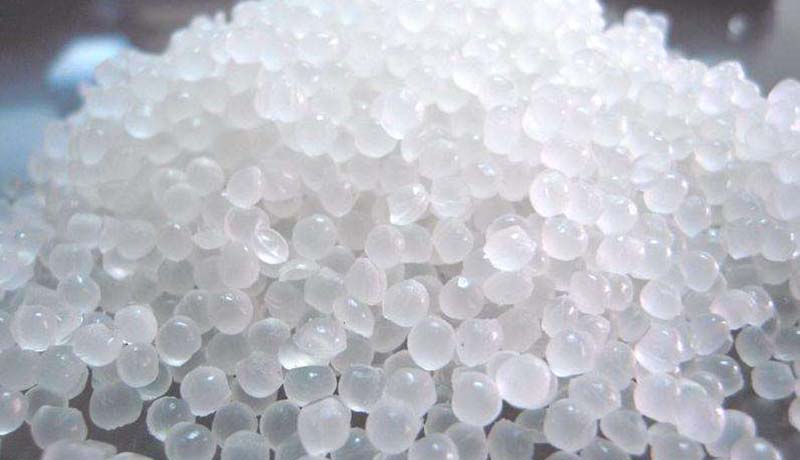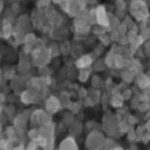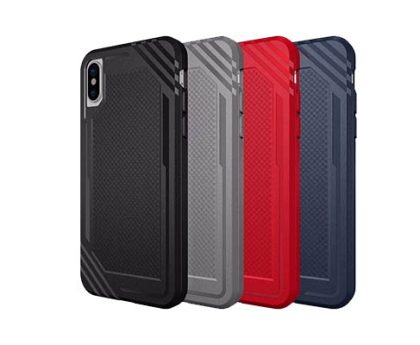When it comes to choosing a plastic material for your project, two common options are polycarbonate and acrylic. But how do you know which one is best for your needs?
Definition of Polycarbonate and Acrylic
Polycarbonate (PC) is a strong, stiff plastic that is known for its durability and high impact resistance. It is often used in applications that require transparency and a good strength-to-weight ratio, such as security glazing, electronic devices, and automotive parts.
Acrylic, also known as polymethyl methacrylate (PMMA), is a transparent plastic with excellent clarity and weather resistance. It is often used in applications that require high transparency, such as signage, aquariums, and furniture.
Physical Characteristics
When it comes to physical characteristics, polycarbonate and acrylic have some differences.
Density, Strength, and Durability
Polycarbonate has a density of 1.2 g/cm^3, making it slightly denser than acrylic, which has a density of 1.19 g/cm^3. In terms of strength, polycarbonate has a higher tensile strength and flexural strength than acrylic, making it more suitable for applications that require a high level of impact resistance. However, acrylic has a higher resistance to shear forces and is less prone to stress cracking.
In terms of durability, both materials are resistant to fading and discoloration when exposed to UV light. However, polycarbonate can yellow over time when exposed to UV light, while acrylic is more resistant to yellowing.
Transparency and Color Options
Both polycarbonate and acrylic are transparent plastics, but acrylic has a higher level of clarity and transparency, making it the better choice for applications that require clear visibility. Polycarbonate has a slightly hazy appearance when compared to acrylic.
Both materials are available in a variety of colors, including transparent, opaque, and translucent options.
Temperature Resistance
Polycarbonate has a higher temperature resistance than acrylic, with a melting point of around 330°F (166°C). Acrylic has a lower melting point of around 250°F (121°C).
Cost and Availability
In terms of cost, polycarbonate is generally more expensive than acrylic. The price difference can vary depending on the form of the material (sheet, rod, etc.) and the specific type of polycarbonate or acrylic.
Both polycarbonate and acrylic are widely available in many regions, but the specific types and forms may vary. It is worth checking with local suppliers to see what options are available.
Applications
Polycarbonate and acrylic have a variety of applications in different industries. Here are some common uses for each material:
Common Uses for Polycarbonate
- Security glazing: Polycarbonate’s high impact resistance and transparency make it an ideal choice for security glazing in buildings and vehicles.
- Electronic devices: Polycarbonate is often used in the housing and components of electronic devices, such as smartphones and laptops, due to its durability and good strength-to-weight ratio.
- Automotive parts: Polycarbonate is commonly used in the production of automotive parts, such as headlights and taillights, due to its durability and high impact resistance.
Common Uses for Acrylic
- Signage: Acrylic’s high transparency and weather resistance make it a popular choice for signage, both indoor and outdoor.
- Aquariums: Acrylic is often used in the construction of aquariums.
- Furniture: Acrylic’s transparency and durability make it a popular choice for furniture, such as chairs and tables.
Advantages and Disadvantages
Both polycarbonate and acrylic have a number of advantages and disadvantages to consider when selecting a material for your project.
Advantages of Polycarbonate
- High strength-to-weight ratio: Polycarbonate has a high strength-to-weight ratio, making it a good choice for applications that require a strong, lightweight material.
- Good impact resistance: Polycarbonate is known for its high impact resistance, making it suitable for applications that may experience impacts or shock.
- UV resistance: Polycarbonate is resistant to fading and discoloration when exposed to UV light, making it a good choice for outdoor applications.
Advantages of Acrylic
- Excellent transparency: Acrylic has a higher level of clarity and transparency than polycarbonate, making it the better choice for applications that require clear visibility.
- Easier to fabricate than polycarbonate: Acrylic is easier to fabricate than polycarbonate, making it a good choice for projects that require custom shapes or sizes.
- Good weather resistance: Acrylic is resistant to fading and discoloration when exposed to UV light, making it a good choice for outdoor applications.
Disadvantages of Polycarbonate
- Easily scratched: Polycarbonate is prone to scratching, so it may not be the best choice for applications that require a high level of scratch resistance.
- Can yellow over time: Polycarbonate can yellow over time when exposed to UV light, which may affect its transparency and appearance.
Disadvantages of Acrylic
- Lower impact resistance than polycarbonate: Acrylic is not as impact resistant as polycarbonate, so it may not be suitable for applications that may experience impacts or shock.
- Can become brittle over time: Acrylic is prone to becoming brittle over time, particularly when exposed to extreme temperature changes.
Conclusion
In conclusion, both polycarbonate and acrylic are strong, transparent plastics with a variety of applications. Polycarbonate has a higher strength-to-weight ratio and impact resistance, making it a good choice for applications that require these properties. Acrylic has a higher level of transparency and is easier to fabricate, making it a good choice for applications that require clear visibility or custom shapes.
When deciding which material is right for your project, consider your specific needs and requirements. Both polycarbonate and acrylic have their own advantages and disadvantages, so it is important to weigh the pros and cons before making a decision.



